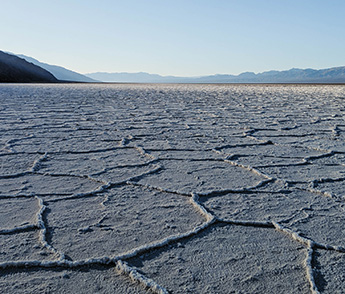Why MicroAlgae
An era when Sustainable Industrial Behavior becomes the Norm
Currently, more than 120 countries and regions have pledged to achieve carbon neutrality by 2050, and businesses have to rapidly adjust to such new norms thus resulting in the implementation of new environmental practices to achieve their SDG targets.
In order to change current business practices to adapt to the environmental requirements, companies must now pivot their business activities drastically to contribute to the realization of a sustainable economy.
A Process indispensable for future business activities
[PHOTOSYNTHESIS]
To realize a sustainable society where all human beings can lead enriching lives, we must overcome our dependence on finite fossil resources and reinvent our social practices.
The most promising resource is the utilization of solar energy that steadily reaches the earth. Ultimately, solar energy is the one and only infinite energy source we have (*).
*Fossil fuels such as petroleum and natural gas are transformed from organic matter produced by photosynthesis millions of years ago.
Human energy balance
(Unit: Zeta Joule * / year) * 10 to the 21st joule
So how should we utilize this solar energy?
In recent years, the focus of environmentally sustainable industries has been on initiatives such as solar power generation, wind power generation, and geothermal power generation. However, only electricity can be produced from these processes. In other words, these processes are not able to produce various "substances" such as plastics which are currently made from fossil fuels.
On the other hand, photosynthesis is the only process that can efficiently store solar energy to produce various "substances" and used to produce various goods we use every day, including fuels, plastics, foods, cosmetics, and pharmaceuticals.
Photosynthesis by algae is the most promising way to produce substances using solar energy.
Photosynthesis is the only process that can produce substances

Why Algae are the Key to Photosynthesis Utilization
3 Reasons
- 01Highest efficiency of substance production utilizing photosynthesis
- Compared to terrestrial plants, the ability of algae to produce biomass is higher due to its overwhelming efficiency.
- Oil yield: more than double that of palm, which has the highest oil production efficiency out of all terrestrial plants.
- Protein yield: more than 16 times higher than soybeans, which is considered to have the highest protein productivity within agriculture.
* Biomass: Organic resources derived from animals and plants (excluding fossil fuels such as petroleum)
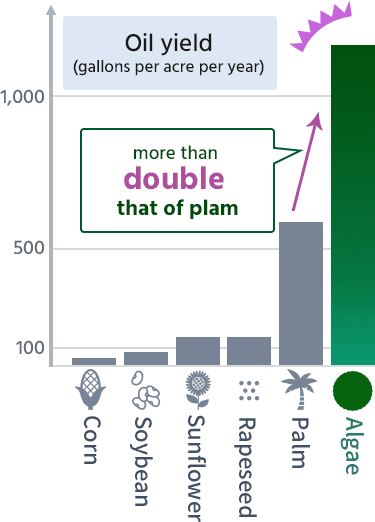
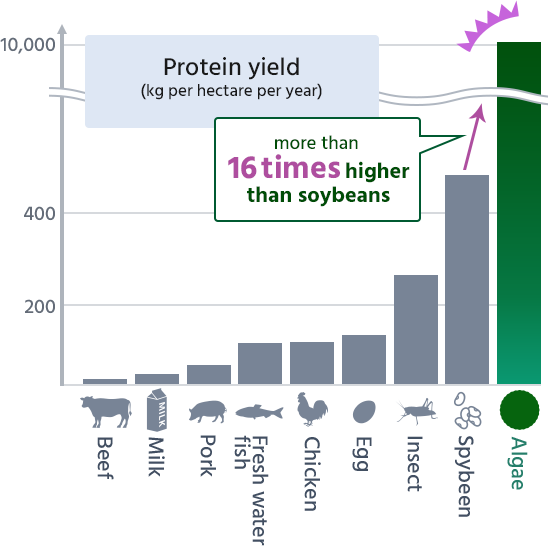
- 02Can be produced with minimal amounts of water
-
It is often thought that algae culture requires vast amounts of water, but in fact, it can be cultivated with much less water than agriculture and livestock. This is because with agriculture, most of the water sprayed on the fields evaporates or penetrates underground, whereas with algae culture, water only evaporates from the surface thus minimizing loss.
Finite freshwater resources have become a global environmental issue so algae that can be cultivated with a minimal amount of freshwater can be considered as a key element to mitigate this challenge and provide a way forward for environmentally sustainable businesses in the coming era.
Amount of water required to
produce 1kg of protein
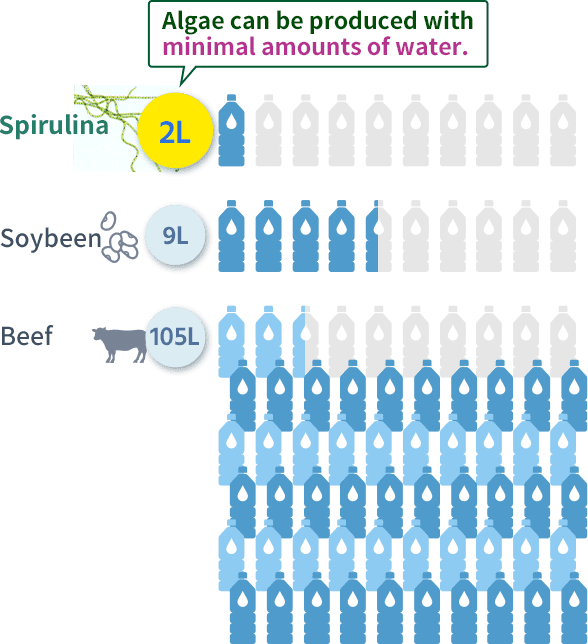
- 03Production of algae does not require arable land
- As long as there is water and light, algae can be cultivated anywhere, even on land which is not suitable for agriculture use such as deserts and wastelands. In fact, algae is being commercially produced on a large-scale today, in desert areas, lava plateaus, and even salt pans. As food shortage becomes a global challenge, this characteristic of algae is valuable as this means that algae biomass production does not compete with agriculture.
Issues on land use for agricultural purposes
- Rapid soil quality deterioration
is a global issue. - Only 11% of land on earth is arable

Use of land for algae production
- Basically, algae can be cultivated anywhere,
as long as there is water and light.
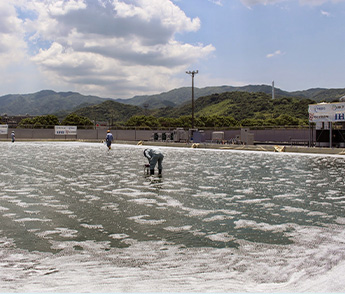
NEDO Strategic Next Generation Biomass Energy Utilization Technology Development Project (2012-2016, with IHI et al.)
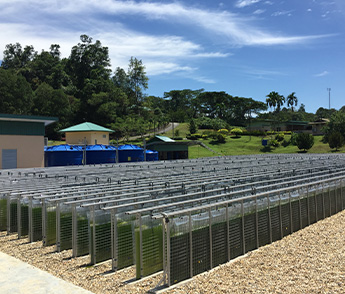
Facility owner: Sarawak Biodiversity Center

